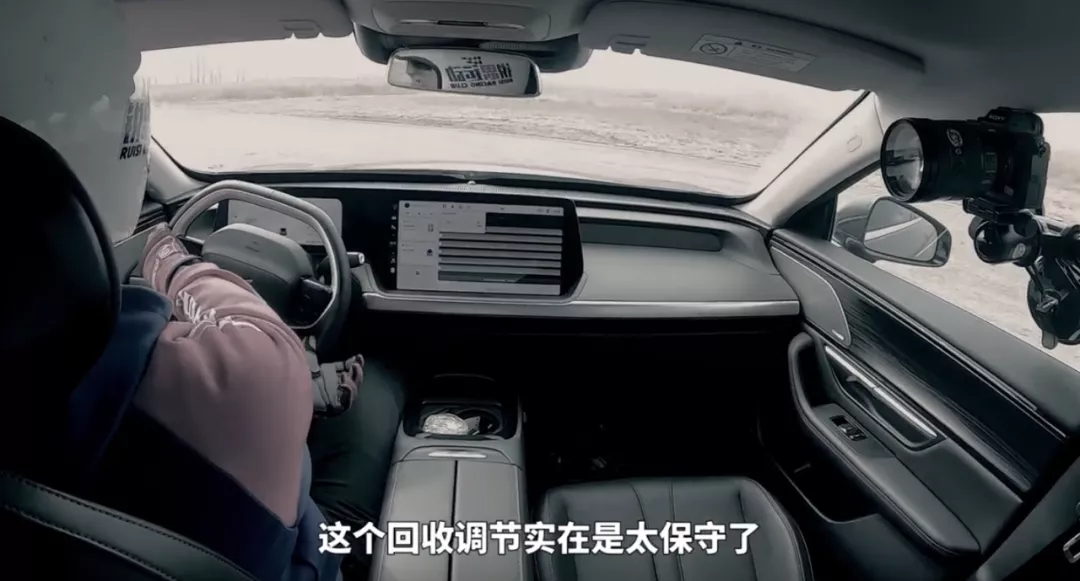*Author: Feng Jingang
Introduction
“Talking about intelligent driving without considering the stability of the power system is nothing but hooliganism.”
Set aside the noise of consumer rights protection events and take a calm look at this year’s Shanghai Auto Show, there are still many things worth discussing. For example, XPeng, who is always exploring new territories, has done something big again this time.
On the public day of the auto show on April 24, XPeng gathered a group of XPeng car owners who love playing with digital cars, their own engineers, and a few media representatives who understand electric vehicle technology to discuss the user experience and the potential performance improvements of the XPeng XPower power system.
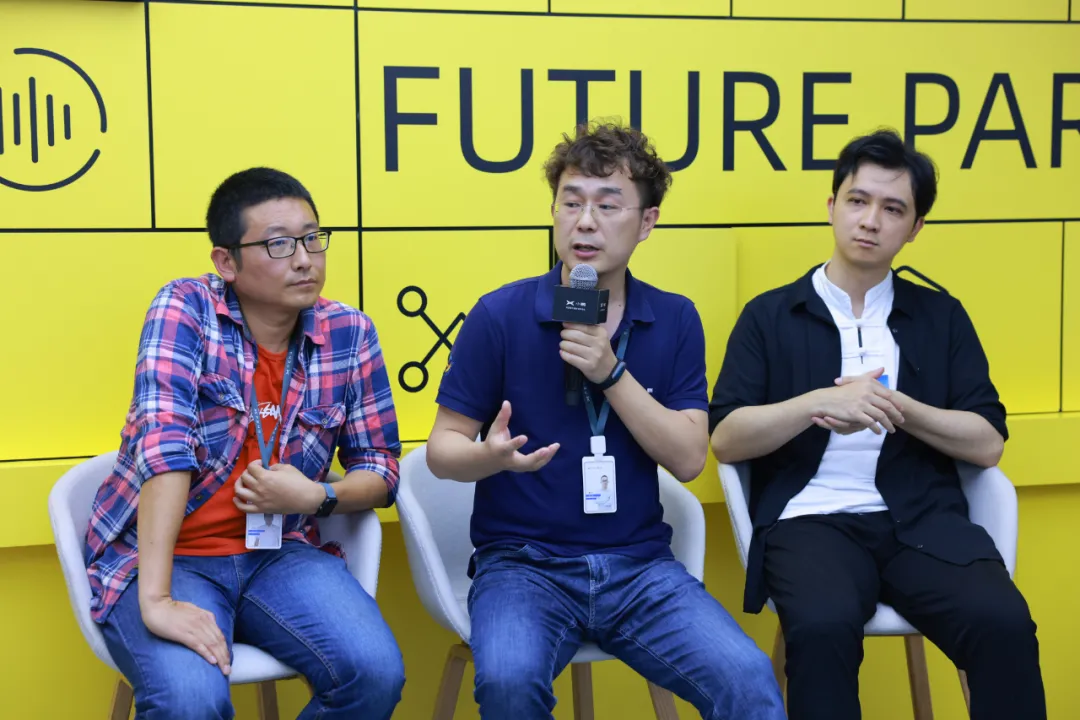
From the perspective of electric vehicle enthusiasts, this discussion is quite fresh and meaningful for both users and the industry as a whole.
Because, in the era of smart electric vehicles, people seem to be overly focused on intelligence, but somewhat overlook the most basic power system of electric vehicles. Therefore, a three-party discussion on the power system now appears to be quite unconventional, especially when the planner is XPeng, who has already taken up the banner of intelligence. The contrast is a bit surprising.
In fact, the electric vehicle power system is far more complex than just handling simple controls. To put it inappropriately, compared with fuel-powered cars, electric vehicles may be described as “relatively immature”. Please pay attention to wording.
In terms of the timeline, in 2008, Tesla launched the first electric vehicle, the Roadster, with a lithium-ion battery, marking the official start of the modern era of lithium-ion electric vehicles.
Objectively speaking, compared to the over 100-year history of internal combustion engines, the history of electric vehicles powered by lithium-ion batteries is only 13 years old in the true sense. Although it has been on the market for more than a decade, there is still some way to go before reaching maturity. This is why government subsidies are needed, and why product pain points like insufficient battery life exist.
Overall, the exploration of lithium-ion electric vehicles by mankind is still in its early stages, and their understanding of their power systems is still severely lacking, or at a surface level, with many areas still waiting to be explored.
I remember a founder of a new energy company once told me that any new energy engineer who claims to have over ten years of senior experience is definitely lying, because modern new energy vehicles have only been around for a few years.
Therefore, this is also why XPeng proposed an XPower power system brand specifically for this purpose, because this field is not only important, but also complex. For example, according to XPeng Motors, the electric vehicle power system is divided into four categories: batteries, motors, controllers, and chargers. Faced with such a large system, it is difficult to achieve comprehensive coverage without a brand to support it.
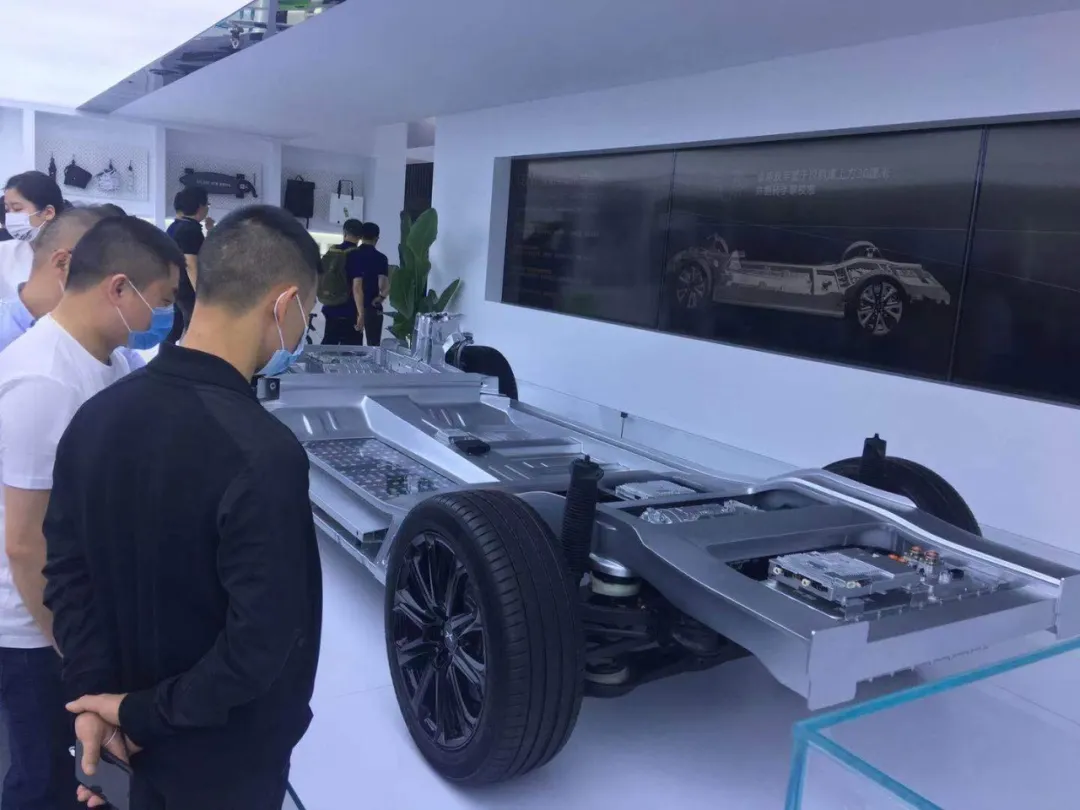 Another practical problem is that before L5 autonomous driving is fully mature, electric vehicles will still require drivers under most working conditions. Therefore, the power system is the most frequently communicating and therefore one of the most important parts between the car and the driver.
Another practical problem is that before L5 autonomous driving is fully mature, electric vehicles will still require drivers under most working conditions. Therefore, the power system is the most frequently communicating and therefore one of the most important parts between the car and the driver.
Therefore, it is still too early to ignore the power system of electric vehicles. It is still an important dimension for us to evaluate the quality of a car.
Can the original P7 performance still be pushed?
The lithium-ion electric vehicles that began in 2008 have been developing rapidly for 13 years. However, there is a strange phenomenon that for original electric vehicles, few people mention the improvement of power squeezing, even if you ask new energy vehicle engineers, they generally shake their heads.
Indeed, because electric vehicles are driven by electric energy, wanting a larger motor horsepower means increasing power. For the mainstream 400 V platform, the current must be increased. However, if the current exceeds the maximum value, the insurance can not hold, and the car will have no power. This is also why the power of electric vehicles cannot be squeezed like that of fuel vehicles.
However, XPeng told us this time that although it is impossible to increase power by increasing current, there are still other ways to improve the performance of electric vehicles.
At a tripartite negotiation meeting among car owners, engineers, and media, XPeng Automobile opened with a video on how to squeeze P7 power, which can be considered an introduction to the entire topic. Let’s start with the analysis of this video to promote understanding of the content that follows:
-
Theme: Can original electric vehicles still squeeze performance?
-
Protagonist: XPeng P7 four-wheel drive high-performance version
-
Engineer: XPeng XPower team’s Yao Liang
-
Program producer: Xiche Ren
-
Host: Ai Feng
-
Race track: Beijing Rees Circuit
-
Conclusion: Yes
The above is the basic situation of this video. In short, how to use an original P7 to let the host Ai Feng run a faster lap time on an unfamiliar track – Rees Circuit, without changing factors affecting performance such as tires or power?
In terms of car reviews, it’s like rooting your phone and running benchmarks.
The following video is from (Xiche Ren)
https://v.qq.com/x/page/g32418gb27c.html
From the video, it can be seen that the XPeng XPower team engineer Yao Liang did three-stage debugging this time, and the lap time driven by Ai Feng in P7 on the Rees Circuit was about 1 second faster.
According to Ai Feng, because Rees Circuit is a small track, the 1-second improvement is not easy, and if it is a larger track, the improvement in results may be more obvious. Therefore, this three-stage debugging by XPeng on the P7 was successful, indicating that there is still considerable space for improvement in the performance of the original P7, which should be good news for P7 owners.## Users have a lot to say about the power performance of XPeng Motors
The above is a track test that XPeng Motors conducted to verify that there is still room for improvement in the P7 performance. The result proves a long-standing industry question: Can the performance of original electric cars be further improved? Now it seems that the answer is clear.
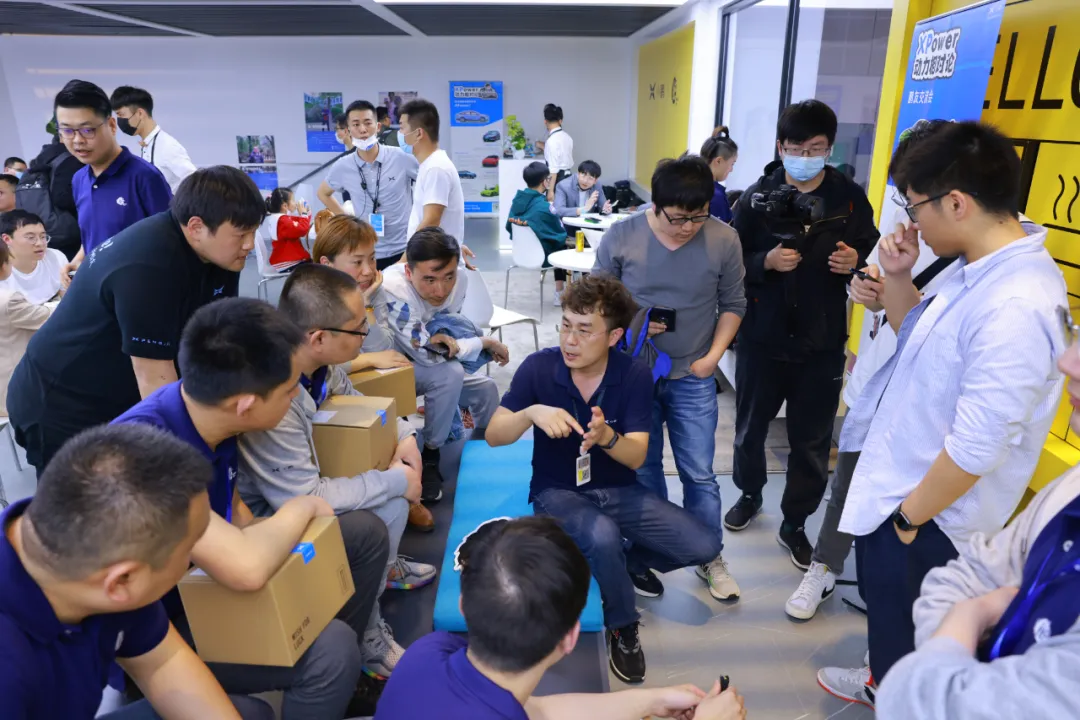
However, XPeng Motors did not stop exploring and digging into the power system of electric cars. So, at this year’s auto show, XPeng invited dozens of user fans who love playing cars to come, as well as two XPeng engineers, one is Yao who was mentioned above, and another is Dai, who is familiar from writing “XPower Relative Theory”, in order to discuss power performance-related issues and improvement plans for XPeng Motors together.
As there are many topics, we will excerpt a few representative ones to take a look at.
First, a G3 owner suggested whether it is possible to have a power torque distribution for G3 to deal with different road conditions, such as corners, so as not to make the car too heavy when turning. The owner also stated that after watching the video above, he found that the P7 also had a problem with the rear not being flexible enough.
Yao answered that for G3, which has front-wheel drive, a traction control system can be added to solve the problem, while for P7 with four-wheel drive, torque distribution function needs to be added. However, for the traction control software solution for G3, XPeng currently has no plans, while for the torque distribution function for P7 four-wheel drive, XPeng is planning to add it.
A P7 four-wheel drive owner pointed out that when going through a corner on the track, some of the Original Equipment Manufacturer (OEM) ESP settings are relatively vague, making the driver feel that the accelerator and brake are not under their control, with no power to step on the accelerator and unable to brake. Yao did not deny this problem. He said that XPeng starts from the perspective of ensuring safety and allows the ESP to intervene actively, including the control of accelerator torque and brake force, but how to completely cancel the ESP? This is not up to XPeng, but up to the supplier. Yao said that XPeng is trying to communicate with the supplier and hopes to achieve a more balanced situation in the future.
Regarding the above topics, Ai Feng (an expert) said that because he had personally tested it on the Rui Si track, if the ESP was completely turned off, the corner speed could be increased by 5 km/h, and the improvement was obvious. But he also said that the premise for completely turning off the ESP is that the driver can hold the car.
Another P7 four-wheel drive owner proposed whether the braking force can be used for power generation first on the track, with mechanical braking force in second place, to avoid the drop in mechanical braking force after multiple laps?
Ai Feng also said that after testing P7, he felt that the current energy recovery adjustment of P7 is too gentle, and its effect on the track is not obvious.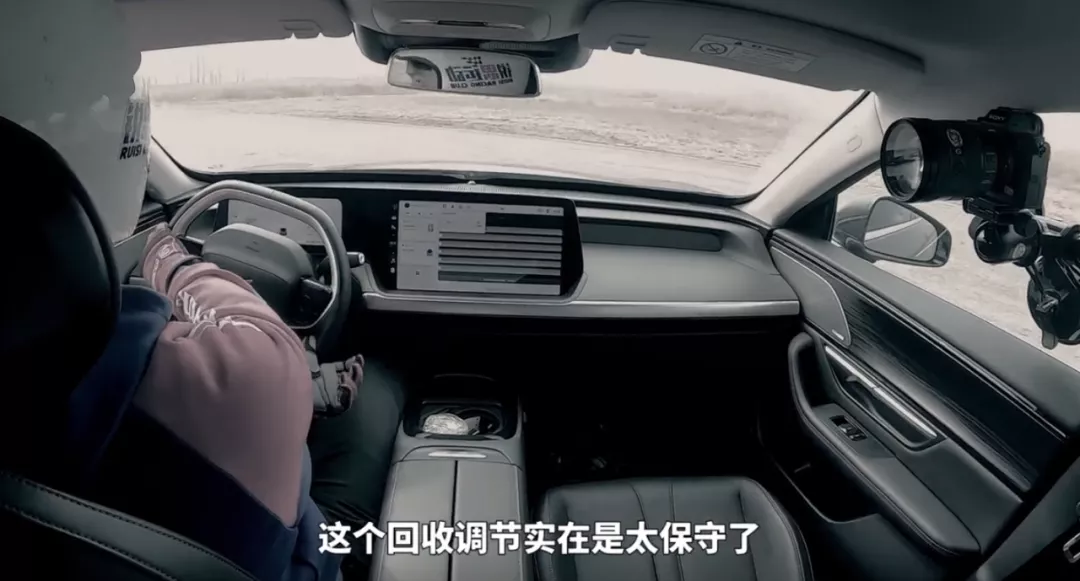
For this suggestion and issue, Yao Gong thinks that if it is in race mode, this setting is indeed good. It can maximize energy recovery while reducing brake wear, killing two birds with one stone. It can be tried later.
Which technology can significantly improve the performance of electric car racing?
In fact, whether it is from the video made by the racing enthusiast or the various “complaints” feedback from car owners above, the core technology points for improving power performance mainly lie in canceling ESP, torque distribution, throttle response aggressiveness, and energy recovery.
Although there are many technology points, it is difficult to say how much each technology point really helps to improve the original car’s performance. The implementation of these technologies is more about adding a driving mode rather than fundamentally improving its performance.
Taking the video made by the racing enthusiast as an example, when tuning the first stage, Yao Gong canceled the ESP function for P7, making it a “bare car” without electronic protection. Although the risk increased, the performance improvement was obvious.
In Ai Feng’s test of P7, the warm-up result was 1 minute 3 seconds 07, but after releasing ESP, the first-stage test result directly improved to 1 minute 2 seconds 09, shortening it by only 1 second. Yao Gong and Ai Feng both said that this one-second improvement is significant, just like adding a race mode.
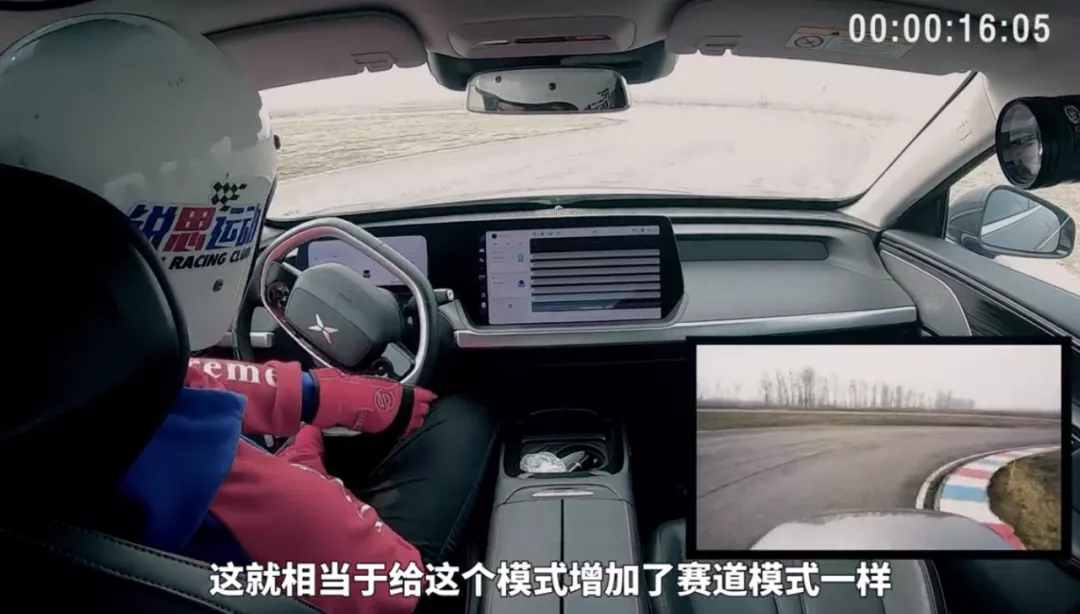
Subsequently, two-stage tests were performed, including setting the dynamic torque distribution function to make it easier and faster to corner, but the second-stage test results were only 1 minute 2 seconds 01, and the improvement was not obvious.
Another way is to shorten the throttle response time, that is to make the car’s bounce ability stronger, which is also where Tesla Model 3’s power is more agile than XPeng P7. Unfortunately, this adjustment still did not significantly improve the racing performance. The three-stage test result was 1 minute 2 seconds 00.
Therefore, for electric cars, why is canceling ESP the technology option that can significantly improve racing performance?
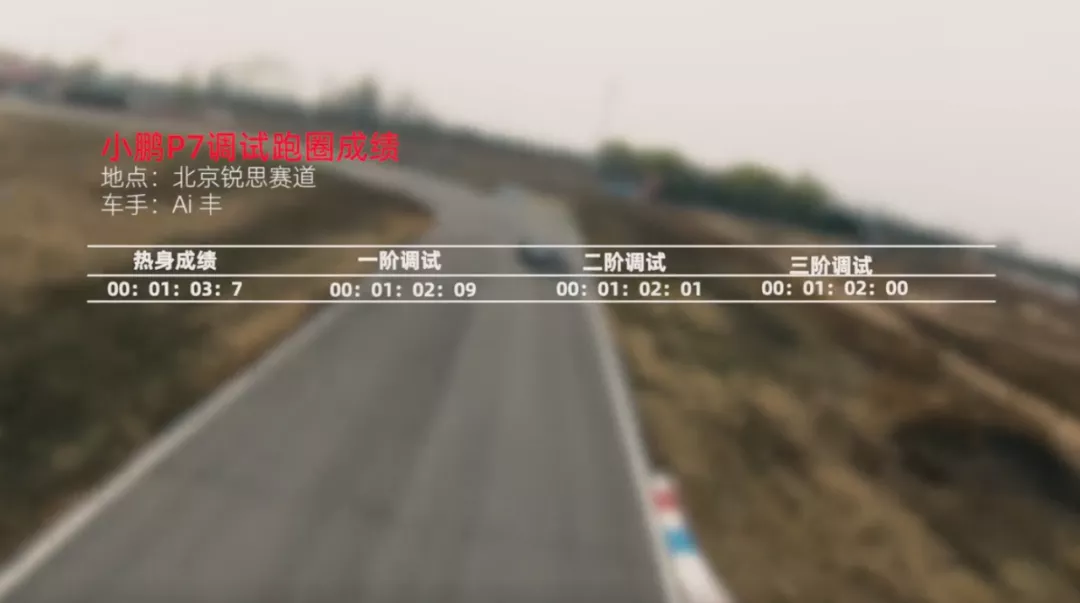
This has to start with the concept of ESP. Its Chinese full name is Electronic Stability Program, and its working principle is to analyze sensor information to determine whether the car has the possibility of excessive or insufficient steering, and correspondingly issue correction instructions to ABS and EBD to control throttle response and braking force, thereby controlling the vehicle posture.This is why some car owners said they couldn’t control the accelerator and brakes when taking turns, ultimately due to the functioning of ESP in performing its driving protection duties.
However, danger is relative. If the driver’s skill is proficient and drives steadily, they are capable of controlling the vehicle. In this case, ESP’s protection becomes redundant, and if removed, the vehicle’s response becomes more primal and direct, giving a better performance.
Regarding torque distribution, although it can provide better turn performance and faster exit speeds, there are still some intelligent protections that cannot maximize the performance of the bare vehicle.
As for instant acceleration technology, Ai Feng said, “To ensure that the vehicle does not lose control or become unstable when accelerating, it’s impossible to step on the accelerator completely, so instant acceleration is not necessary.”
Is it meaningful for XPeng Motors to explore the power performance of smart electric vehicles?
The answer is yes. Improving and exploring the power performance of electric vehicles is meaningful for increasing user satisfaction, improving the competitiveness of manufacturers, and advancing the new energy industry.
Currently, many users are quite concerned about the intelligent features of smart electric vehicles, such as NGP and LIDAR automatic driving concepts. However, as drivers, most road conditions still require human operation, and this is the most frequently used “function.” Even some car owners mentioned their higher requirements for the power performance of the product when racing on the track.
In short, manual driving is a basic option, and automatic driving is a bonus option.
Dai Gong said, “Ignoring the stability of the power system and focusing on intelligent driving is ridiculous. One purpose of today’s event is to listen to more user feedback, improve our cars and power systems, and allow more users to experience the fun of the car.”
Yao Gong also said, “Talking to car enthusiasts, I can discover points that we haven’t thought of during development, then apply them to development. Through this way of playing cars, we can improve the quality and performance of the entire vehicle, and provide a good experience for all users. Don’t talk about nonsense, only good technology is the hard truth.”

Although Ai Feng is not from XPeng Motors, he has contributed significantly to the exploration of the power performance of XPeng’s vehicles. He exclaimed in the video, “We set a good example, improved XPeng P7’s track performance through software upgrades, and improved it by one second on the small track. There is no overnight success whether it’s a new energy vehicle or automotive sports. Only continuous efforts and challenges can lead to breakthroughs. Will the electrification of automotive sports be our breakthrough in these two fields?”
This article is a translation by ChatGPT of a Chinese report from 42HOW. If you have any questions about it, please email bd@42how.com.
